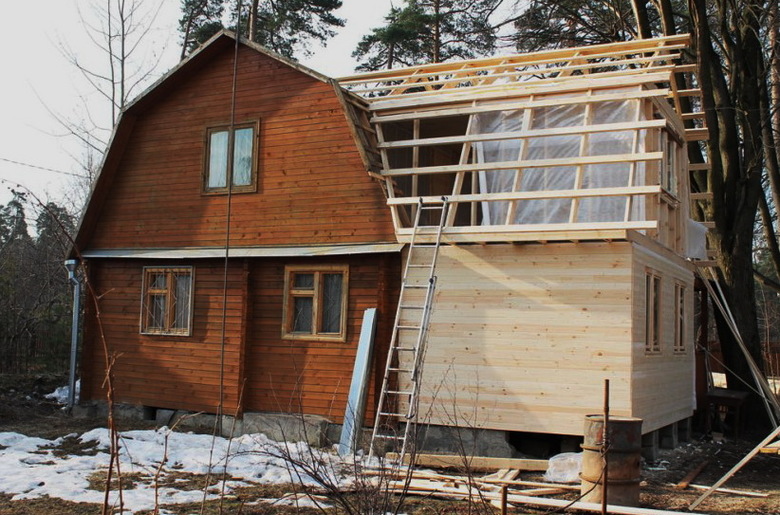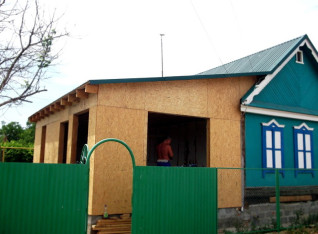Lawyer with 15 years of legal experience, specialization: family and civil law, inheritance, contract law, criminal cases, administrative cases, cases involving foreigners, migration law
The superstructure of an existing building or structure is the process of increasing the number of floors or changing the architectural configuration of a building. Legalisation of such changes may be important for property owners seeking to legalise existing construction works. In this article, we will examine the concept of legalisation of the superstructure, the mechanism and process of obtaining it, as well as the importance of legal support in this process.
The concept of legalisation of a superstructure
Legalisation of a superstructure is a procedure for obtaining a permit to increase the number of floors or change the architectural appearance of a building in accordance with the requirements and standards of the law. This allows you to legalise construction work that was carried out without a permit or deviated from the project.
Mechanism and process of legalisation
Preparation of documentation: The first step in the legalisation process is to collect and prepare the necessary documents, such as building drawings, technical passports, commissioning certificates, etc.
Submission of the application to the relevant authorities: Once the documentation is prepared, the application along with the required documents is submitted to the local urban planning and architecture authority.
Consideration of the application and decision-making: The authority examines the documents and the building, and then makes a decision on whether to grant or refuse to legalise the superstructure.
Obtaining a permit and registration: If the decision is favourable, a permit is issued, which is subject to registration with the state real estate registration authority.
Legal support in the process of legalisation
It is difficult to overestimate the importance of professional legal support in the process of legalisation of the superstructure. A lawyer with experience in construction law will not only protect your rights, but also provide you with the most efficient solution to all possible legal issues. This can significantly save you time and effort, as well as avoid possible difficulties in the legalisation process.
Legalisation of a superstructure can be a complex and technically demanding process that requires careful preparation of documents and knowledge of the law. Legal support in this process will help you save time and effort by ensuring legal protection and compliance with all legal requirements. An attorney or lawyer with experience in construction law will ensure effective representation of your interests before the relevant authorities and resolve possible legal issues. In addition, the lawyer will help with the following issues: verification, registration of redevelopment, registration of a building, legalization of a building, registration of an extension, and other.
Legalisation of the superstructure not only legalises existing construction works, but also creates a safe and legal environment for the further use of the building. This avoids possible legal issues in the future and provides you with peace of mind and confidence in your future use of the property.
Legalisation of the superstructure can contribute to the development of infrastructure and increase the availability of housing for the population. This can be especially important in cities where there is a lack of land for new buildings, and the legalisation of extensions can provide additional living space.
Legalising an extension is an important step for building owners seeking to legalise existing construction work. Following the established procedures and the importance of legal support in this process can ensure the successful completion of the legalisation and protection of the ownership rights to the superstructure.
































